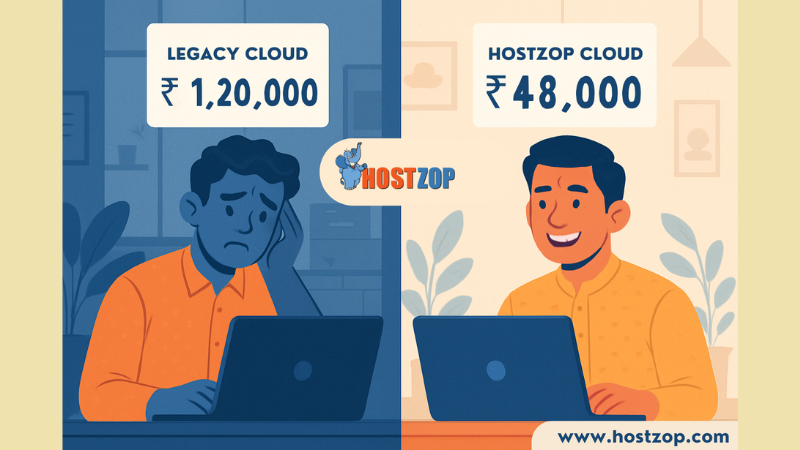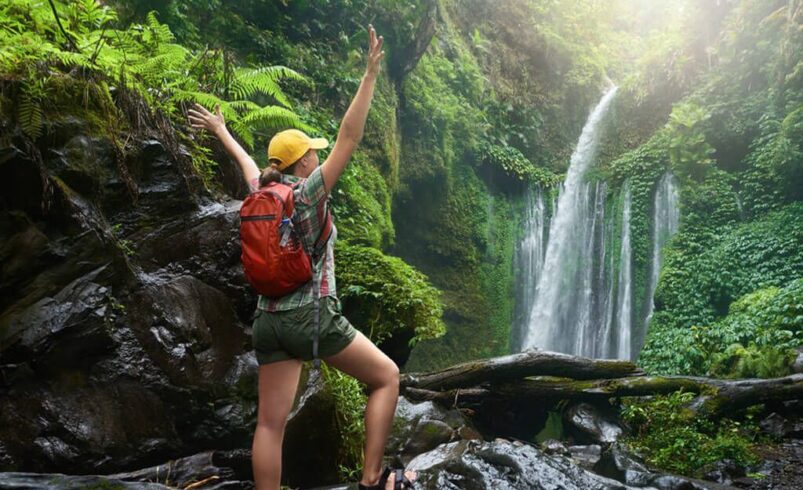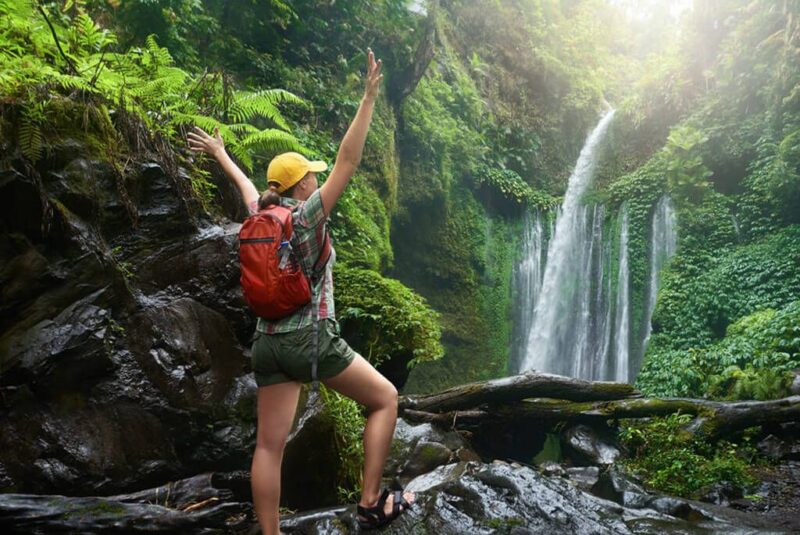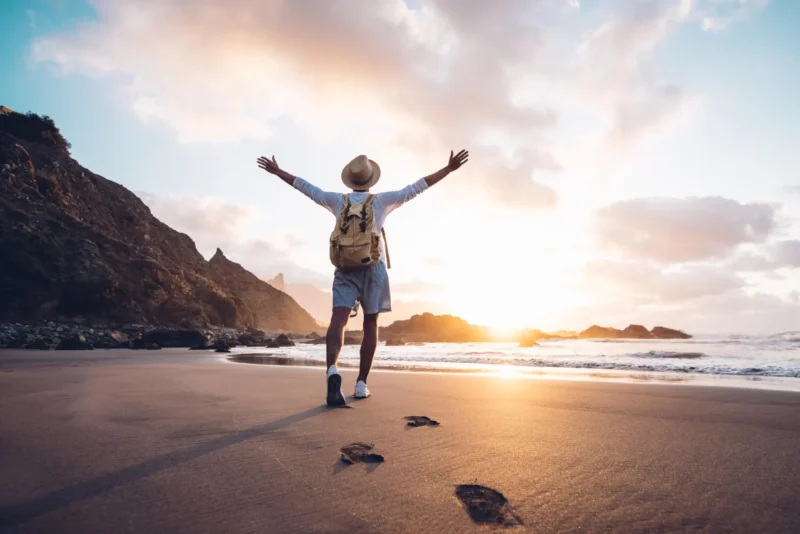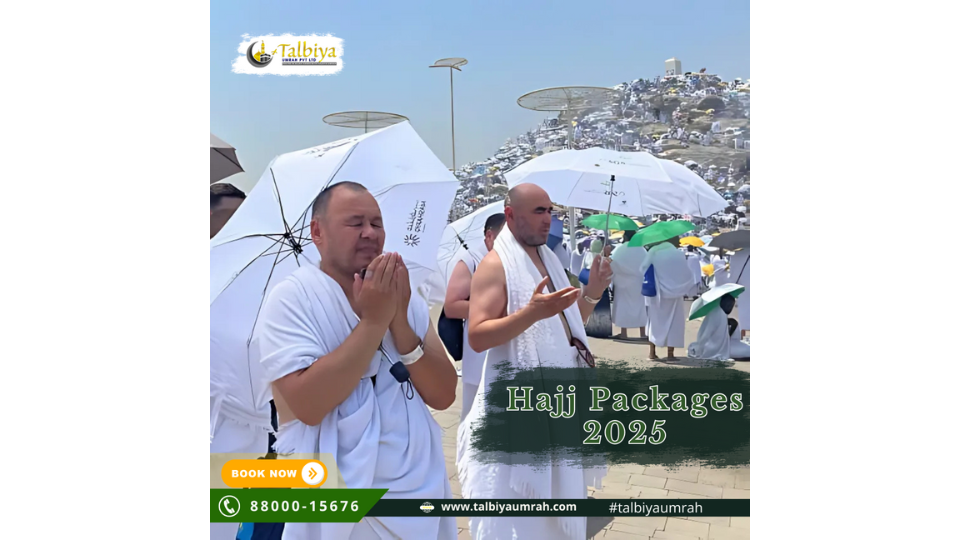India’s vibrant cultural and festival tourism scene is one of the most unique in the world, reflecting the country’s diversity and deep-rooted traditions. Travelers seeking to immerse themselves in India’s cultural richness are increasingly drawn to its colorful festivals, historic cities, and centuries-old traditions. From the vibrant celebrations of Rajasthan’s Desert Festival to the tranquil spirituality of Varanasi, cultural tourism in India offers a deep connection to the country’s heart and soul.
With over 2,000 distinct ethnic groups and thousands of festivals celebrated each year, India provides endless opportunities for travelers to engage with its living heritage. In recent years, the trend of festival tourism has seen exponential growth as both domestic and international tourists look to experience India’s festivals, which serve as windows into the country’s cultural mosaic.
Why Cultural and Festival Tourism?
Cultural tourism is more than just visiting monuments and museums; it is about experiencing the daily lives, traditions, and celebrations of local communities. Festival tourism, in particular, allows travelers to witness the grandeur and spirituality of India’s cultural festivities, providing an immersive experience that is often filled with dance, music, rituals, and celebrations.
Festival tourism offers tourists a chance to interact with locals, understand their beliefs, and participate in celebrations that have been passed down for generations. Whether it’s the colorful Holi Festival celebrated with vivid splashes of colors across the country or the grandeur of Durga Puja in Kolkata, these experiences offer a unique perspective of India’s cultural landscape.
Key Destinations for Cultural and Festival Tourism in India
India’s vast geographic and cultural diversity means that no two regions offer the same experience. Here are some of the most sought-after destinations for cultural and festival tourism:
1. Rajasthan: The Land of Royal Festivals
Rajasthan is synonymous with royalty, and its cultural festivals reflect the state’s rich heritage. The Desert Festival in Jaisalmer is one of the most celebrated events in India, where the golden sands of the Thar Desert come alive with traditional music, folk dances, camel races, and contests like turban-tying and moustache competitions.
The festival, usually held in February, showcases Rajasthan’s regal charm, with participants donning vibrant traditional attire, echoing the grandeur of the state’s past. For tourists, the Desert Festival offers a chance to experience Rajasthan’s culture while also engaging in fun and exotic events like camel polo.
2. Varanasi: The Spiritual Heart of India
For those seeking spiritual experiences, Varanasi stands as the ultimate destination. Known as the “City of Light,” Varanasi is one of the oldest living cities in the world and holds immense religious significance in Hinduism. Thousands of pilgrims and tourists flock to Varanasi to witness the Ganga Aarti, a daily evening ritual where priests offer prayers to the sacred river Ganges, using fire and chants that echo through the ghats.
Festival tourism in Varanasi peaks during events such as Dev Diwali and Mahashivaratri, where the city lights up in spectacular displays of devotion. For international travelers, Varanasi offers an intense, yet serene spiritual experience.
3. Kolkata: Durga Puja Extravaganza
Kolkata, the cultural capital of India, is world-renowned for its grand celebration of Durga Puja, one of the most significant Hindu festivals. During this festival, the city is transformed into a bustling hub of activity, with elaborate pandals (temporary structures) housing beautifully crafted idols of Goddess Durga. The festival combines artistry, religious devotion, and cultural performances, making it one of the best times to visit Kolkata.
Tourists can witness street performances, traditional Bengali music, and culinary delights unique to the city. Durga Puja draws millions of visitors, both domestic and international, making it a cornerstone of festival tourism in India.
4. Pushkar: The Pushkar Camel Fair
The Pushkar Camel Fair is one of the largest and most unique livestock fairs in the world. Held in the town of Pushkar, Rajasthan, this week-long festival sees thousands of camels, horses, and cattle being paraded and traded. Apart from livestock trading, the fair is also famous for its cultural performances, folk dances, and competitions like camel races and “longest moustache” contests.
The Pushkar Fair offers travelers a glimpse into the nomadic lifestyle of Rajasthan’s desert communities. It’s not just a commercial event, but a cultural spectacle that highlights the close connection between the people of Rajasthan and their livestock.
5. Kerala: Onam Festival
The state of Kerala celebrates Onam, its biggest harvest festival, with great pomp and grandeur. Onam is unique in that it reflects the spirit of unity among all people, irrespective of caste, creed, or religion. The festival, which lasts for ten days, includes cultural performances, snake boat races, and traditional feasts known as ‘Onam Sadhya.’
Tourists flock to Kerala during Onam to witness the famous Vallam Kali (boat race), where intricately decorated boats race down the rivers of Kerala in a thrilling display of teamwork and stamina. Onam provides a blend of Kerala’s natural beauty and cultural traditions, making it a popular festival tourism destination.
The Growing Popularity of Festival Tourism in India
Festival tourism is not just about celebrating, but also about fostering cultural understanding. As India’s diverse festivals gain global recognition, festival tourism has become a crucial part of the country’s travel industry. Tourists are not only interested in attending these festivals but also in understanding the local traditions, rituals, and values that define them.
Several factors have contributed to the rise of festival tourism in India, including:
1. Authentic Cultural Experience
Festivals offer an authentic cultural experience that traditional tourism often lacks. Tourists can witness local rituals, taste traditional foods, and participate in community events that are deeply rooted in history and tradition. This authenticity appeals to travelers who are increasingly looking for meaningful and immersive experiences.
2. Social Media Influence
Social media has played a significant role in promoting festival tourism. Platforms like Instagram and Facebook have turned India’s festivals into global sensations, with travelers from all over the world sharing their experiences. The visual appeal of India’s festivals, with their vibrant colors, intricate decorations, and lively performances, has made them highly shareable content.
3. Government Support
The Indian government has actively promoted festival tourism as part of its broader cultural tourism strategy. Initiatives such as the Incredible India campaign highlight the country’s festivals as key attractions, encouraging both domestic and international travelers to explore India’s cultural diversity.
Challenges Facing Cultural and Festival Tourism in India
While cultural and festival tourism presents vast opportunities, there are also challenges that need to be addressed to ensure its sustainability and inclusivity.
1. Overcrowding
Popular festivals like Kumbh Mela, Durga Puja, and Holi often attract massive crowds, leading to overcrowding and logistical challenges. Managing such large influxes of tourists can strain local infrastructure and pose challenges for both locals and visitors.
2. Cultural Sensitivity
While festivals offer tourists a glimpse into India’s traditions, it is crucial that visitors approach these experiences with cultural sensitivity. There have been instances where tourists have inadvertently disrupted religious rituals or disrespected local customs. Educating travelers about the cultural significance of these festivals is essential to promoting respectful tourism.
The Future of Cultural and Festival Tourism in India
Looking ahead, cultural and festival tourism in India is expected to continue growing. As more travelers seek immersive cultural experiences, India’s festivals will remain a major draw. The key to sustaining this growth lies in managing tourism in a way that benefits local communities while preserving the cultural integrity of the festivals themselves.
In the coming years, we can expect to see increased collaboration between tourism boards, local communities, and the hospitality industry to promote responsible festival tourism. By integrating eco-friendly practices, managing tourist numbers, and enhancing cultural awareness, India can continue to be a leading destination for cultural and festival tourism.





